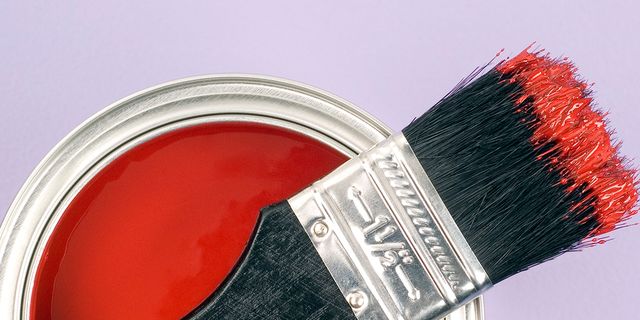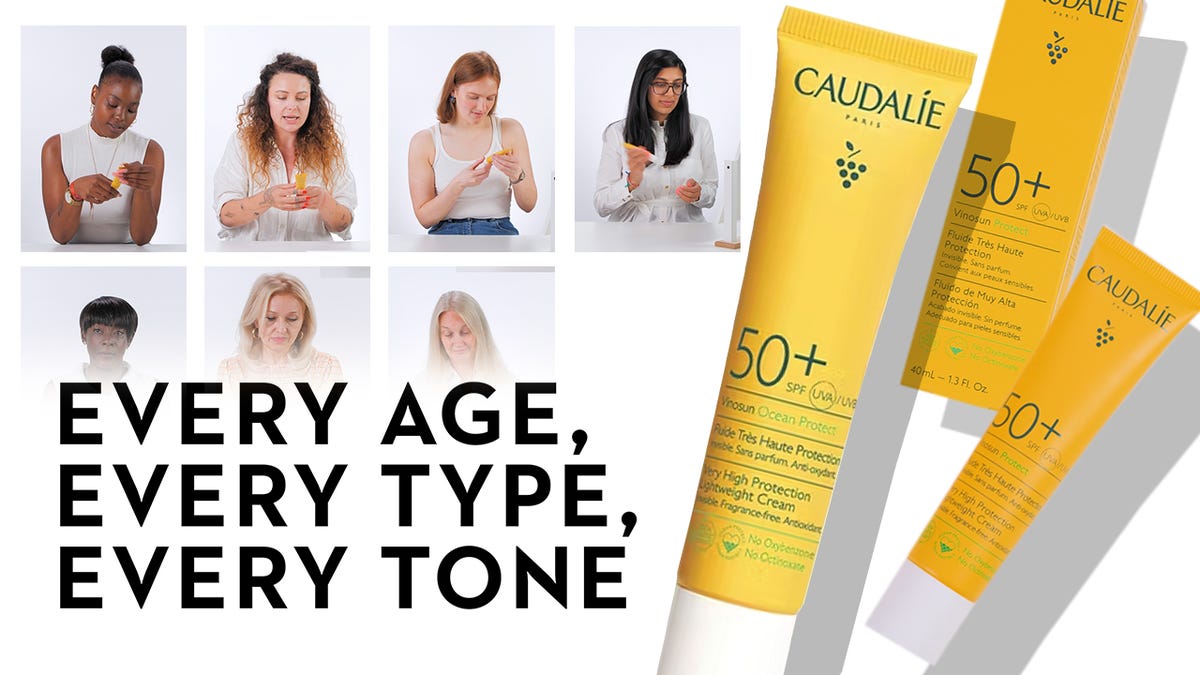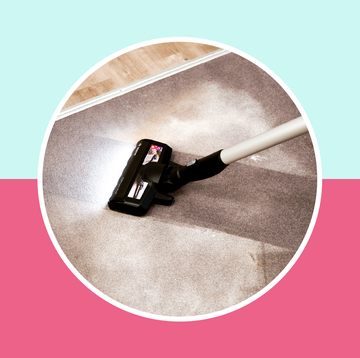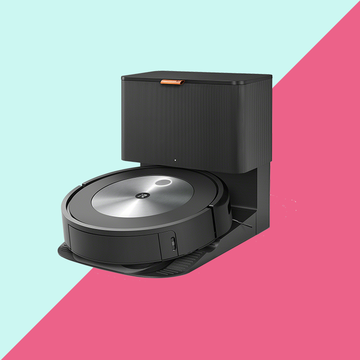Which white is the right white? When it comes to paint, colour may be your only concern, but making sense of the vast array of formulations available today is no mean feat. Follow our guide to explore all your options before you splash out and buy.
GETTING STARTED
Painting is a versatile and relatively easy way to transform a room and offers immediate results. It’s something that most of us are prepared to have a go at and, with a bit of practice, you can achieve a great finish that turns a tired, dull looking space into a revitalised, welcoming room. Before you choose your paint, consider what you’re hoping to achieve from the end result. With a few tricks of scale and clever use of colour, a room can be made to look larger or smaller. You can create the illusion of lowering the ceiling of a room by painting it in a colour other than white, and if you want to create a cosy space, darker colours will bring the walls in around you. Consider whether you are hoping to create a blended, cohesive look throughout your home, or a dramatically different decorative statement in each room? And the type of room you are painting may also influence the type of paint you buy. If you’re painting a kitchen or bathroom, for instance, you can buy specialist emulsions that provide a tougher surface that’s easier to scrub and clean away food stains and splashes, or that will cope well with a build up of condensation.
THE OPTIONS
Paint consists of pigments and an oil or water-based binder. The proportion of pigment to binder dictates the amount of gloss the finished product will have. Traditionally, the glossier the finish, the more hardwearing it will be. However, technology advances mean that there is now a vast array of different formulations to choose from, and many manufacturers now produce matt paints that have been specifically designed to be hardwearing to cope with areas of high traffic or the rigours of a kid’s bedroom or hallway.
The most common categories of finish are matt, and gloss with a wide range of variants between the two, ranging from dull to shiny. Manufacturers describe them in different ways, but most often you’ll be able to find matt, silk, satin, semi-gloss, high gloss. Again it used to be that the shinier the paint, the easier it was to keep clean, but you should find a matt finish that’s reasonably easy to wipe clean now with the latest technical advances.
Emulsions
Most interior walls and ceilings are painted using emulsion paints. Emulsions are water based and will have vinyl or acrylic added, to make them more hardwearing and to provide a varying degree of sheen to the finish. Emulsions are easier to apply than oil-based paints, have less smell and are relatively straightforward to wash out from brushes and rollers after use.
There are three main types of emulsion, vinyl matt, vinyl satin and vinyl silk, although manufacturers are moving away from using the term vinyl in their branding and you’ll often just see matt, satin and silk. To help further, some manufacturers now spell out exactly what each paint should be used for, so that what you see on the tin is exactly what you get. If you want something for the kitchen, just look for 'kitchen' on the tin, and so on.
Matt finish (Vinyl matt) – for a really flat finish. Matt paint produces a non-reflective or shiny finish, which makes it a good choice if you want to disguise an uneven surface or imperfections on the wall or ceiling. If your preparation of the walls hasn’t been that thorough, this is a good choice. It’s also great for creating impact with colour and matt emulsion will give depth and a richness to your room. Ideal for living rooms, matt paint can mark easily and traditional matt emulsions aren’t washable, but you’ll now find wipe-clean matt paints on the market.
Satin finish (Vinyl satin) – for a subtle, soft finish and a more durable choice than a vinyl matt, satin can withstand gentle sponging to get off light marks.
Silk finish (Vinyl silk) - for a shiny, reflective finish that’s completely washable, so a good choice for areas of high traffic, such as hallways and the staircase.
Look for:
- One-coat – available in satin, mid-sheen and matt finishes and thicker than standard emulsion, this is great for a quick paint job. The paint covers the surface more thoroughly and you should get away with using one coat to cover most surfaces. Because the paint is that much thicker, use a quality roller for smooth coverage.
- Light-reflecting emulsions – ideal for opening up dark, small spaces, this specially formulated, light-reflecting paint makes rooms feel brighter. Often available in pastel tones.
- Durable emulsions – you’ll get good coverage from this paint and it's worth considering for high-traffic areas because of its durable and washable finish – you can really scrub away at those persistent stains.
- Magic white emulsions – the idea behind this technology is that we often miss areas when painting in a white tone, particularly when tackling a ceiling. Open the tin and the paint is pink, to help guide you while you paint, but it dries white!
- Kitchen emulsion – no more sinking heart when the tomato sauce splashes on the wall! The emulsion has a greaseproof formulation and can you can clean away everyday cooking stains without the colour fading.
- Bathroom emulsion – a soft, satin sheen emulsion that has been manufactured to withstand steam and water and has been specially formulated with anti-mould technology.
Gloss paint
Traditionally gloss paints were oil-based and include resin, to make them hardwearing. You can now buy oil or water-based gloss paints.
Look for:
- Liquid gloss – you’ll need an undercoat first for this traditional high gloss finish. It's extremely hardwearing and easy to keep clean.
- Satinwood – a good compromise if you want something with a more subtle sheen, but it’s not as hardwearing as gloss.
- Eggshell – very popular now to give a flatter finish to woodwork.
- Polyurethane gloss – the polyurethane resin makes the paint even tougher than standard gloss.
- Silthane – the silicone and polyurethane in the paint gives it even more protection from knocks and scuffs.
Acrylic emulsions – acrylic is more hardwearing than vinyl and is better suited for kitchens and bathrooms. It can also be used for woodwork.
THINGS TO CONSIDER
Colour
Do you like subtle tones or lots of bright colour? Do you want your walls to complement the rest of your décor in tone, or do you want statement paint that stands out from the rest of the furniture and furnishings in a room. Even in a seemingly neutral room, subtle contrasts of the palest colours, to pick up the features like woodwork and coving, can transform the way a room looks.
Light plays another important factor when choosing paint. South-facing rooms, for instance, can take warm or cool colours, while a north-facing room can make colours appear darker. Paint cards aren’t really an accurate representation of the finished colour, so use test samples to get a true idea of the intensity of the colour. Bright and strong colours tend to look much stronger when painted over a large space and pale colours can look insipid. Trial the paint on the window wall, which tends to be the darkest in a room, on the wall where the light falls at different times of day, at floor level and under lighting, to get an idea of how differently your chosen colour works around the room. Also, check that you still like the colour when you have your lights on in the evening.
If you’re buying top-end paint, try and buy enough paint to complete the job in one go. Some decorators claim that it’s difficult to get an exact colour match if you have to buy more at a later date.
Preparation
Proper preparation is also key to the overall final look of your walls and can add years to your paintwork. Before you begin, take a look at the state of the walls and decide whether you need to skim the walls with plaster first. If they don’t look too bad, there are some great filler products available now. Make sure the walls are rubbed down first, rake out all cracks, fill and caulk where necessary, rub down again and then spot in before applying two coats of emulsion.
Order of painting a room
If you are painting the whole room, start with the ceiling, and work away from the main source of natural light. Then paint the walls, followed by the door and any window-frames. Finally finish by painting the mouldings, architraves and skirting boards.
Primers and undercoats
When selecting a topcoat, check out its compatibility with undercoats and primers. Problem can arise when painting over an existing paint and you should read the instructions on your paint tin or get professional advice from your supplier before starting the job. To paint over existing vinyl silk with matt emulsion, for instance, you need to prepare the surface and then use one coat of a primer sealer before you apply the new paint.
Primers - Oil or water based, and are used to seal the unpainted surface before paint is applied to avoid it soaking in. Raw wood and metal needs priming to provide a key for the topcoat. You can buy all-purpose primers which can be used for two or more surfaces.
Undercoat - Usually oil-based, an undercoat is painted on top of the prime, undercoat is used to even out the grain on wood and prevent previous colours from showing through on walls You’ll need the correct colour to provide the right colour base for your chosen finished coat. Ideally use primer and topcoat from the same manufacturer. Gloss paint will generally require an undercoat.
Fire-retardant - Paints which contain an additive to provide a fire-resistant quality. Although not completely fire resistant, they have a great flame resistance and will help reduce the spread.
Radiator paint - Can stand up to the high temperatures of a radiator without discolouring.
Posh paints - Or heritage colours, are as popular as ever, but are they worth it? Certainly interior designers rave about them, and the niche-market designer paints come in some fabulous colours, and it is the colours that keep customers coming back for more. Cheaper paints are made with synthetic pigments and pigment is what gives paints quality and depth of colour. If you do buy designer paint, make sure you buy all you need in one go. Some decorators complain that the mix isn’t quite the same with each tin. And if you love a particular colour, but can’t afford to pay the extra, many paint supply shops mix the colour using their own paints for considerably less.
Floor paint - Floors can be painted or stained to rejuvenate them or to add colour, or even a decorative paint finish. Floor paint is available in either oil-based or emulsion formulas and should withstand everyday knocks, scruffs, scrapes and spills. Shop around and you’ll find both good quality all-round floor paints, which can be used on wood, concrete and stone floors, and formulations for specific floor finishes. Oil-based floor paint will produce a harder, more durable finish, however emulsion (latex) produces less odour and can easily be cleaned with soap and water. You’ll need to use primers and undercoats for oil-based paints, and emulsions should be covered with a protective polyurethane varnish. Factor in preparation time before you begin and always check the back of your tin for specific instructions on how to prep for the paint. For wooden floors you need a smooth, keyed surface to work on and deal with damaged floorboards before you begin. Also, concrete floors can react with the paint and cause it to crack, so you may need to seal your floor first.












